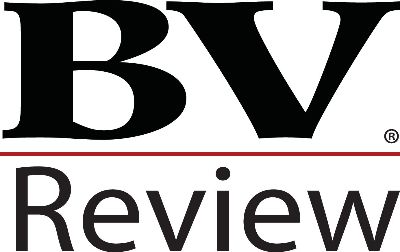The Butler Pinkerton Model for Company-Specific Risk Premium—A Critique
Recently,1 a new method for adjusting the required rate of return for privately held companies has been proposed, currently being referred to as the Butler Pinkerton Model (BPM)2 for Company-Specific Risk.3 The authors have updated their model and explanation in several articles.4 The website of Business Valuation Resources, which sells the model, provides sample calculations, various review references, and a list of Frequently Asked Questions (FAQ).5 In one such FAQ, the authors state, “We have a standing invitation to the business valuation community to critique the calculation.” This article accepts the challenge and goes further by challenging the very foundations for their assertions contained in these articles and the claims contained in their answers in the FAQ.Abstract
Contributor Notes
Larry J. Kasper is a self-employed CPA engaged in the practice of forensic accounting and business valuations in Columbus, Ohio. He can be reached at (614) 876-1153, or by email at ljkasper@kaspercpa.com.
1 Peter J. Butler and Keith A. Pinkerton, “Company-Specific Risk—A Different Paradigm: A New Benchmark,” Business Valuation Review (Spring 2006) 25 (1):22 and following.
2 Peter J. Butler and Keith A. Pinkerton, “The Butler Pinkerton Model: Empirical Support for Company Specific Risk,” The Value Examiner (May/June 2008):32–39.
3 William H. McAfee, Jr., “The Emperor's New Clothes: Quantifying Risk in the Private Company,” The Value Examiner (January/February 2008):21–32.
4 Peter J. Butler and Keith A. Pinkerton, “Quantifying Company- Specific Risk: A New, Empirical Framework with Practical Applications,” Deluxe BVUpdateTM (February 2007 BVUpdate) and links to others on the site.

